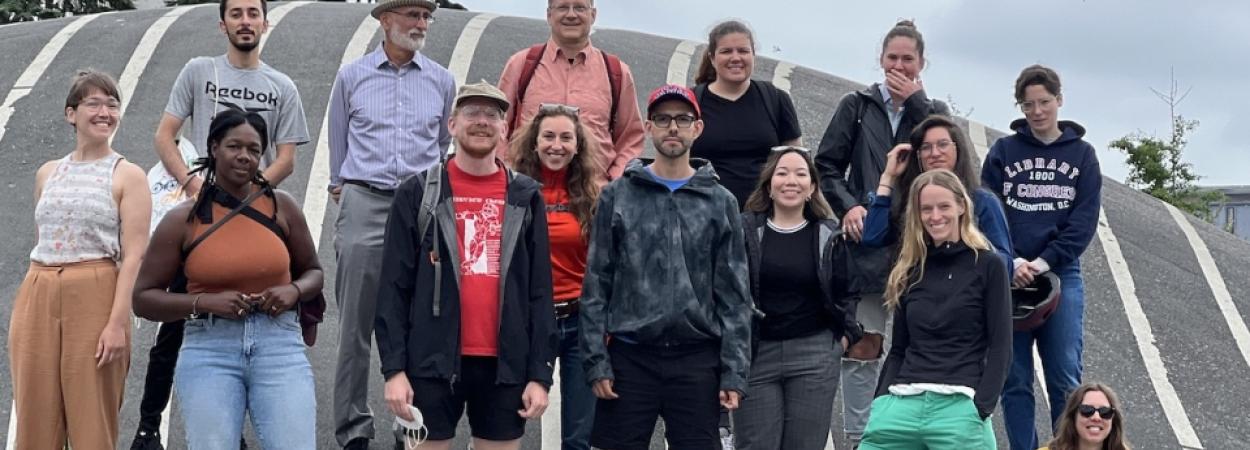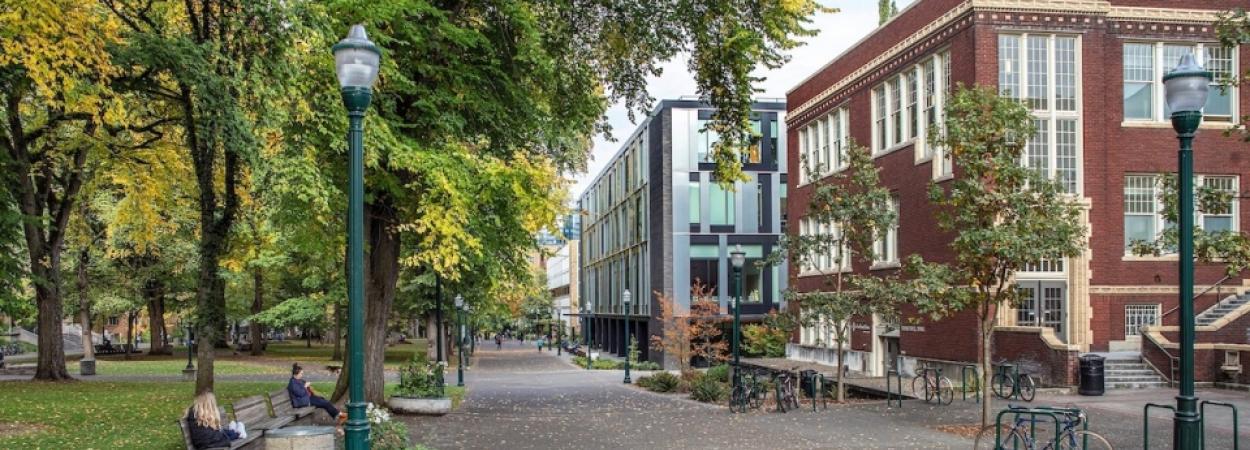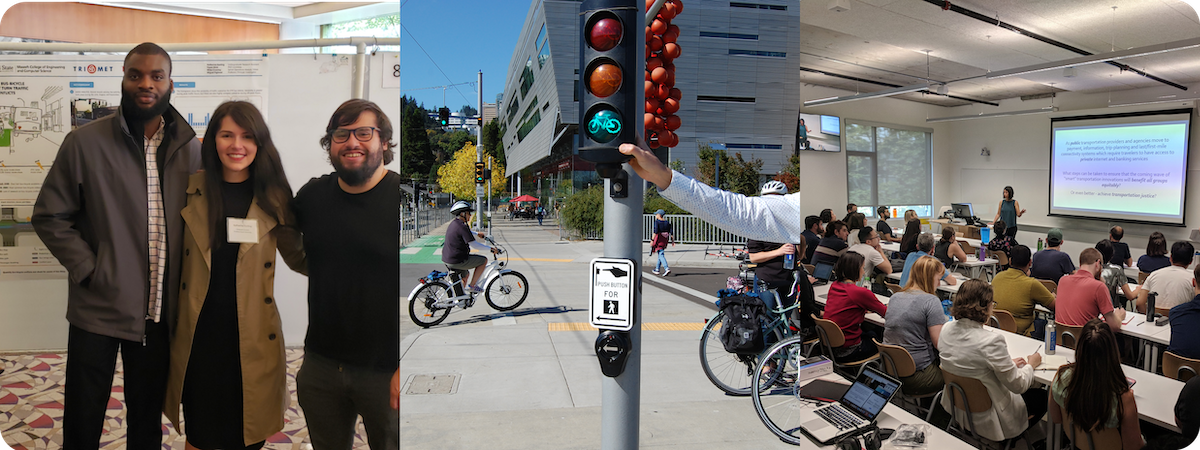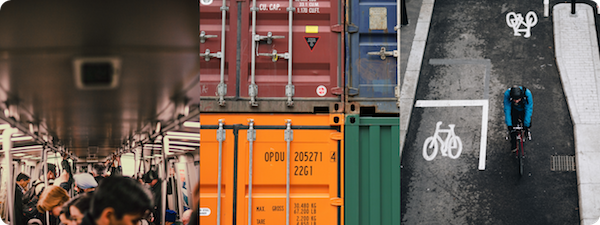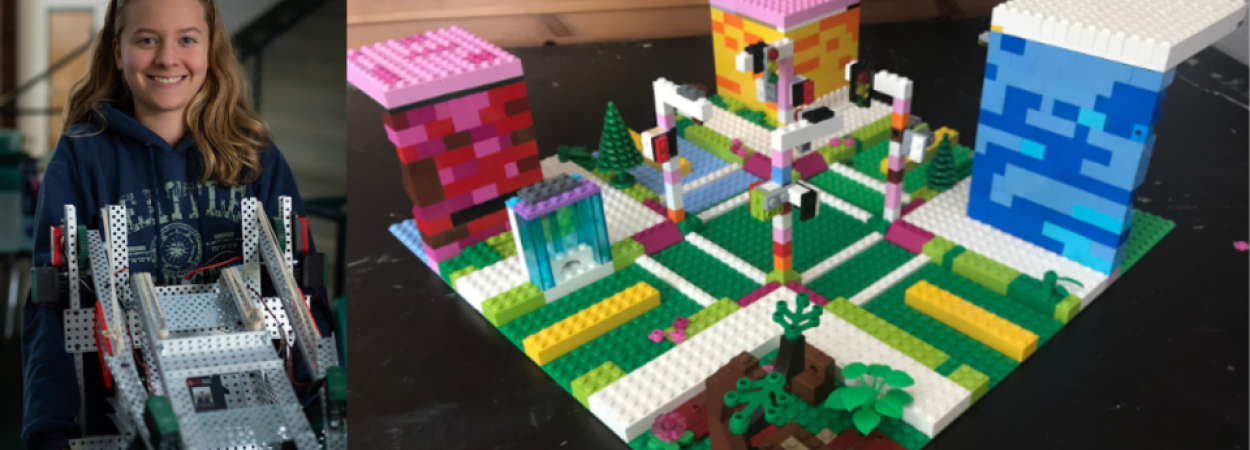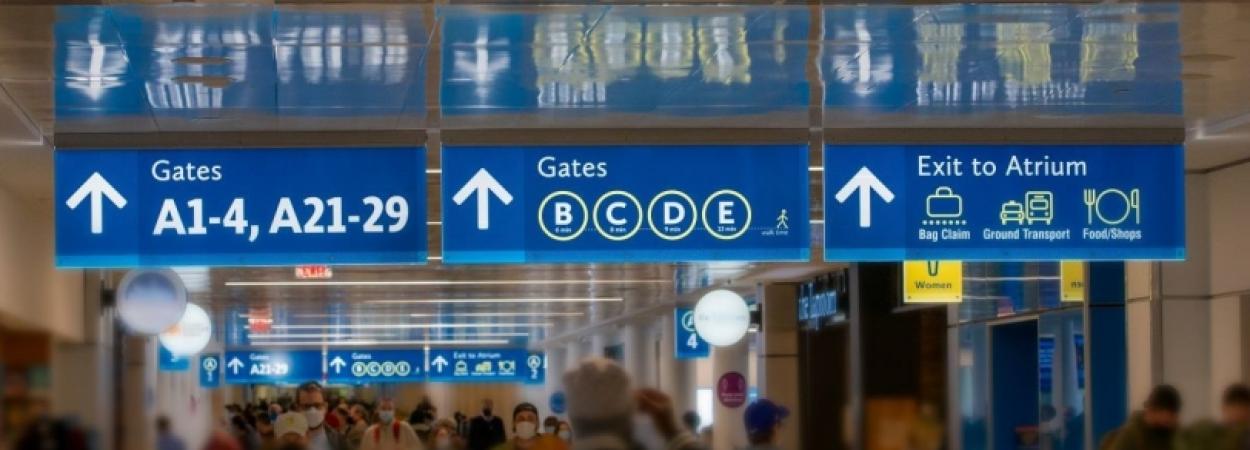Since 2011, Portland State University and the Initiative for Bicycle and Pedestrian Innovation have offered a unique opportunity to students: a two-week study abroad course that introduces participants to cities with stellar bike cultures. In past years, classes have explored the Netherlands. This year’s class of fourteen students, led by Professor John MacArthur and supported by funding from the Scan Design Foundation, explored Denmark. See photos from the trip.
Students chose to go on the trip because they knew of the countries’ renown as excellent places to cycle and wanted to learn new strategies that they could bring back to the US. Melissa Kostelecky, a PSU student pursuing a Graduate Certificate in Sustainable Transportation, was inspired to take the trip because she is on a mission to create a better world for her children. In biking, she sees “relief from the isolated, sedentary lifestyle that car dominance has,” “economic freedom,” “a way for children to roam independently of their parents and learn the navigational, time management and self-sufficiency skills they can’t get sitting in the back of a car,” and, most importantly, “the ability to someday tell [her] kids [she] refused to continue jeopardizing their future by adding more carbon dioxide to our atmosphere.”
As Tyler Smith, a Masters in Urban & Regional Planning student, said of his expectations for the trip, “I am incredibly excited for the ways this time abroad will serve as a source of inspiration and contribute to an ethos that will guide my future career as a planner.”
And inspire, it did! Over the course of the two weeks, students traveled by using multimodal transportation, namely biking, like the locals do. Professor MacArthur commented, “Everyday riding is impactful by seeing how the Danes integrate cycling into their daily lives [and] also…how they design their neighborhoods, parks, and public places with people walking and cycling in mind.” Many students were struck by the sheer number of people biking—old and young, dressed casually and formally, and very few of them wearing helmets (though as Elese Daniel, the Engagement Manager for Red Bike, observed, some were wearing “black collars ready to inflate into airbags should they be jolted or jarred enough for protection to bubble out into action,” which students later learned is called a Hövding). They saw how the infrastructure of the city encourages citizens to bike; there was even a park in Copenhagen dedicated to teaching kids about biking laws.
Image courtesy of Courtney Shannon
Biking around Copenhagen, they also encountered a Thomas Dambo Troll—an event which they can now re-experience at home due to Scan Design Foundation's supporting the artist in bringing the trolls to the Pacific Northwest.
The presentations the students attended were educational and eye-opening as well. Elizabeth Yates, a Masters in Civil Engineering student, quoted Niels Hoé, the founder of HOE360 Consulting who gave a presentation about how he has contributed to Copenhagen’s bike culture, as saying, “Copenhageners cycle because it is the fastest and most convenient way to travel through the city.” Yates deduced that “once the car becomes an inconvenient choice, if you then take care of the bicycle user with cycle tracks, bike parking, bike maintenance stations, and integration with transit, then PRESTO! VIOLA! All the magic words, your city is full of people going about their business on a bicycle. I wouldn't believe it if I weren't here, and seeing it all around me.”
The students also heard presentations from Super Cyckelstier, Metro, the Technical University of Denmark, and more about the ins and outs of cycling in the city and how the organizations are supporting it. Smith was surprised at “how accurate the accelerometer data [from the Hövding helmets] was at picking up different road surfaces,” and Daniel was struck by “how much thought and consideration there is for bicycle parking.”
Students used everything they learned during the trip to develop improvements for Portland. Clearly inspired by their biking experiences, the students’ propositions centered around making roads more multimodal, specifically by improving the bike infrastructure. The students envisioned improvements that connected the Blumenauer Bridge to Hawthorne Bridge, the Burnside Bridge to SE Ankeny Street, and NW Nicolai Street to NW Front Avenue with safer bike lanes that oftentimes still shared the road with cars.
Blumenauer Bridge is already connected to Hawthorne Bridge, but the current bike infrastructure is unsafe. There are no bike lanes at all for about two-thirds of the route, and the main intersection on the route is convoluted and confusing (for cars as well as bikes). Students proposed to make the roads more multimodal, family-friendly, and green by including bike lanes and a roundabout as well as spaces for trees, dining, and events along the roads.
Another group came up with a way to connect the Burnside Bridge to SE Ankeny Street: by making Ankeny a safe option for pedestrians and bikers and leaving 3rd Avenue as a car-centric option. They proposed to turn two of the four car lanes on Ankeny to bike lanes with added wayfinding and other safety features.
Two groups tackled the NW Nicolai Street and NW Front Avenue connection, revealing that there is not just one way to solve these problems. Both groups proposed adding bike lanes that were distinctly separated from the road, either with paint or physical separators, and changing the bike paths across intersections. One group suggested resigning the sidewalk to be shared between bikes and pedestrians and adding a BikeTown hub. The other recommended an addition of a pocket park or traffic garden, an update to a railway crossing arm, and speed adjustments, among other safety measures.
By using their experiences from the study abroad trip, the students were able to develop ways to better Portland. When we work together, whether that be on a small scale like in group projects or a massive scale like between countries, we can find the compromise that gives everyone what they need.
The two-week study abroad, from June 25–July 9, 2023, was an extension of a spring course, Sustainable Transportation in Copenhagen & Stockholm, available as part of the civil engineering as well as urban studies & planning course catalogs. Interested in potentially studying abroad in 2024? Sign up here to be notified about future study abroad opportunities.
Portland State University's Transportation Research and Education Center (TREC) is home to the U.S. DOT funded National Institute for Transportation and Communities (NITC), the Initiative for Bicycle and Pedestrian Innovation (IBPI), PORTAL, BikePed Portal and other transportation grants and programs. We produce impactful research and tools for transportation decision makers, expand the diversity and capacity of the workforce, and engage students and professionals through education and participation in research.

